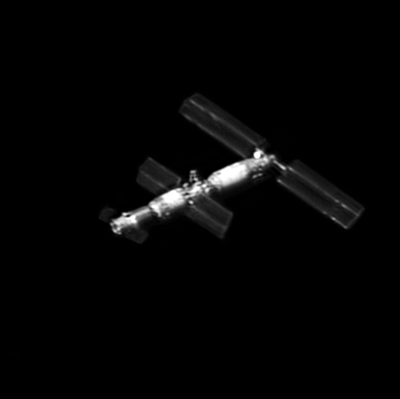Starlink being tested in Antarctica
Capitalism in space: The National Science Foundation (NSF) has begun testing a single Starlink terminal at its McMurdo station in Antarctic, with the hope that the service can improve communications at the station significantly.
Everyone at the base shares a 17 Mbps link, according to the United States Antarctic Program, which severely limits what people can do. The station actually blocks people from using high-bandwidth apps like Netflix, cloud backups, and video calls, with the exception of once-weekly Skype or FaceTime sessions at a public kiosk or mission-critical communications.
The addition of Starlink probably doesn’t mean that McMurdo residents will be able to hold a Netflix movie night or anything — the terminals can handle around 50-200 Mbps, which still isn’t a ton to go around, even during the winter when far fewer people are at the base — but it could help make transferring important scientific data off of the icy continent easier.
According to SpaceX’s plans, this new service in Antarctica means that by year’s end Starlink will be available on all seven continents.
Capitalism in space: The National Science Foundation (NSF) has begun testing a single Starlink terminal at its McMurdo station in Antarctic, with the hope that the service can improve communications at the station significantly.
Everyone at the base shares a 17 Mbps link, according to the United States Antarctic Program, which severely limits what people can do. The station actually blocks people from using high-bandwidth apps like Netflix, cloud backups, and video calls, with the exception of once-weekly Skype or FaceTime sessions at a public kiosk or mission-critical communications.
The addition of Starlink probably doesn’t mean that McMurdo residents will be able to hold a Netflix movie night or anything — the terminals can handle around 50-200 Mbps, which still isn’t a ton to go around, even during the winter when far fewer people are at the base — but it could help make transferring important scientific data off of the icy continent easier.
According to SpaceX’s plans, this new service in Antarctica means that by year’s end Starlink will be available on all seven continents.

